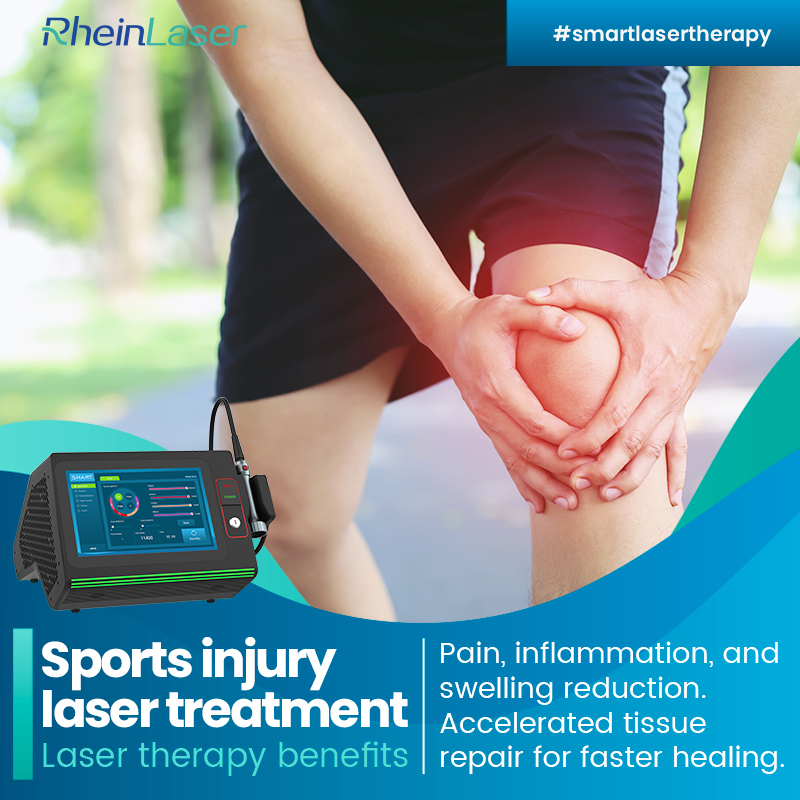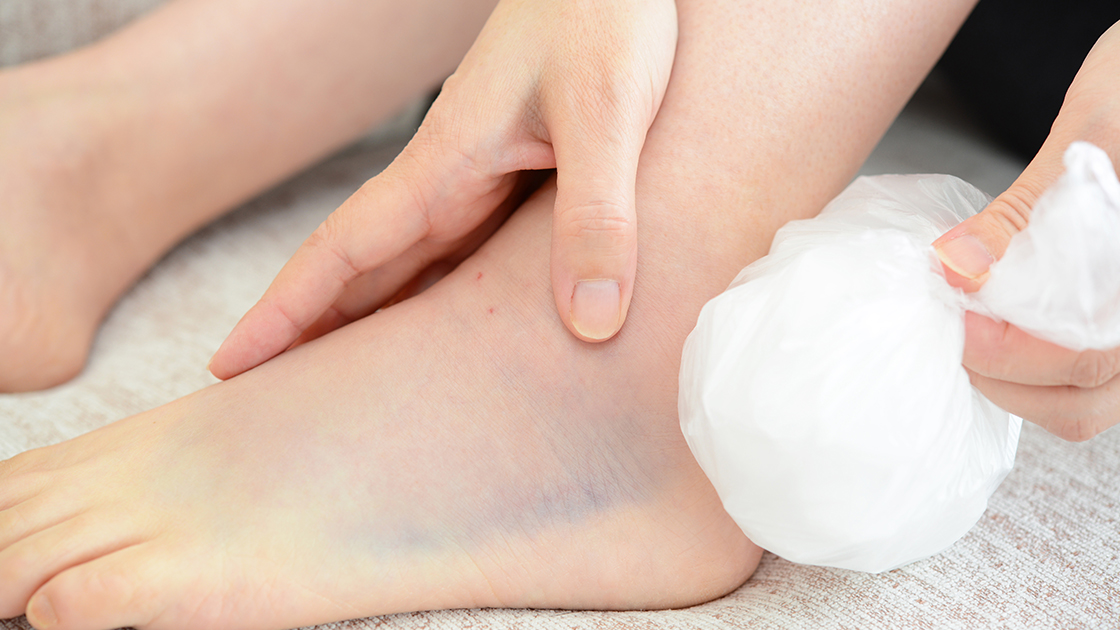Page Contents
Ankle sprains are one of the most common musculoskeletal injuries, affecting individuals of all ages and activity levels. Rest, ice, compression, and elevation (R.I.C.E.) have been the go-to approach for treating ankle sprains. But there’s a revolutionary therapy making strides in the realm of rehabilitation – laser therapy for ankle sprain. This non-invasive and cutting-edge treatment is proving to be a beacon of hope for those seeking swift and effective relief from the pain and limitations of ankle sprains.
Ankle sprains occur when the ligaments that support the ankle stretch or tear, usually due to sudden twisting or rolling of the foot. This can result in pain, swelling, bruising, and difficulty walking. Traditional treatments for ankle sprains involve rest, anti-inflammatory medications, and physical therapy. However, laser therapy is emerging as a game-changer in the approach to ankle sprain recovery.
Laser Therapy’s Mechanism of Action

Laser therapy, also known as low-level laser therapy (LLLT), employs the therapeutic power of light to stimulate cellular activity and accelerate the healing process. When applied to the site of an ankle sprain, the low-level light penetrates the skin, reaching the underlying tissues. This stimulates cellular metabolism, increases blood flow, and promotes the release of endorphins – the body’s natural pain relievers.
Reducing Inflammation and Pain
One of the primary benefits of laser therapy in ankle sprain recovery is its ability to reduce inflammation. Inflammation is a natural response to injury, but excessive or prolonged inflammation can impede the healing process. Laser therapy modulates the inflammatory response, promoting a balanced and controlled reaction. This, in turn, leads to a reduction in pain, swelling, and discomfort associated with ankle sprains.
Speeding Up the Healing Process
Laser therapy’s impact on cellular metabolism plays a pivotal role in expediting the healing process. By enhancing the production of adenosine triphosphate (ATP), the energy currency of cells, laser therapy boosts cellular repair and regeneration. This not only accelerates tissue healing but also aids in the restoration of normal function, allowing individuals to regain mobility and resume daily activities more quickly.
Non-Invasive and Comfortable Treatment
Unlike some conventional treatments that may involve injections or medications with potential side effects, laser therapy is a non-invasive and well-tolerated option for ankle sprain relief. Patients often report a mild, soothing warmth during the treatment, making it a comfortable and stress-free experience. This makes laser therapy particularly appealing to those who are looking for effective alternatives without the risks associated with more invasive interventions.
Complementary to Traditional Approaches
Laser therapy doesn’t replace traditional methods like R.I.C.E. or physical therapy but serves as a complementary and synergistic approach. By integrating laser therapy into the overall treatment plan, healthcare professionals can optimize the recovery process and enhance outcomes for individuals with ankle sprains. This combination of traditional and innovative approaches represents a comprehensive strategy to address the multifaceted nature of ankle sprain recovery.
Conclusion
As laser therapy continues to gain recognition in the field of musculoskeletal rehabilitation, its role in providing relief for ankle sprains becomes increasingly significant. This non-invasive and versatile treatment option has the potential to redefine the landscape of ankle sprain recovery, offering individuals a faster and more comfortable path to healing. Laser therapy has a proven ability to reduce inflammation, alleviate pain, and accelerate tissue repair. It stands as a beacon of hope for those navigating the challenges of ankle sprain rehabilitation.
